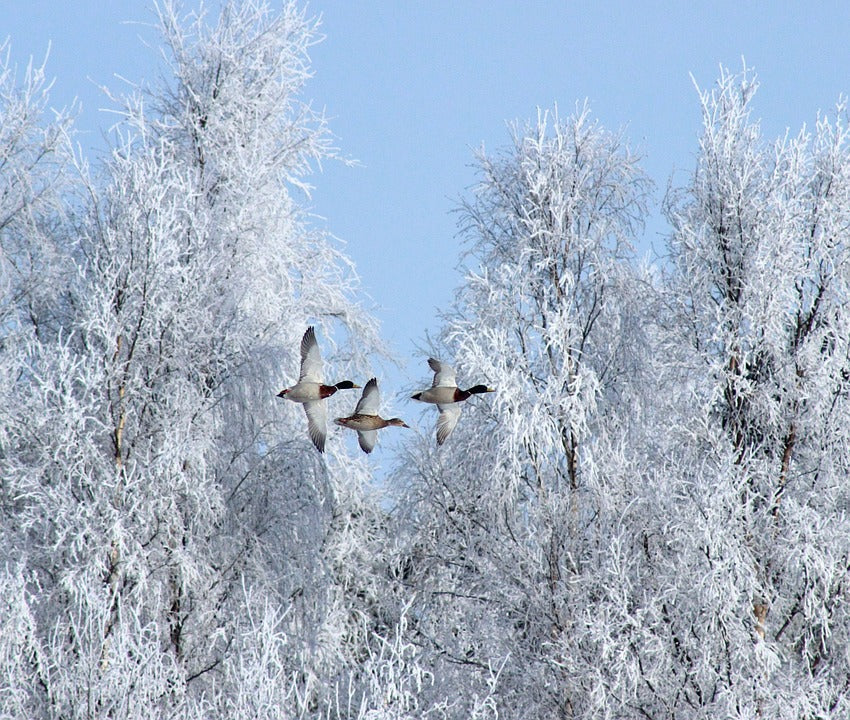Offer
Provide additional details about the offer you're running.
Provide additional details about the offer you're running.
Provide additional details about the offer you're running.

For those of us living in non-tropical locales, we know the difficulties of sometimes having to deal with the bitter cold. When temperatures dip below the freezing mark, we take proper precautions to keep ourselves warm, and birds are no different. Like mammals, birds are endothermic or warm-blooded and that they maintain their body temperature independent of their outside environment.
This being said, there are many unique actions taken by birds to maintain their body temperature and keep themselves warm on some of the coldest days of the year.
Fluffing or “ptiloerection” is the activity in which birds will ‘fluff’ their feathers to trap pockets of air underneath their feathers. By holding this air close to their body, they can warm that air and themselves.
Like many bird species, roosting is a popular and effective way for birds to keep warm in the bitter cold. By grouping together, they are able to share their body heat with one another, keeping the entire group warm.
Yes, birds shiver too! By shivering they are able to raise their metabolic rate, thus generating more body heat for them. The only downside to shivering is that it does eat up a good chunk of calories, but still remains a great way for birds to stay warm.
Birds will often be found crouched down with both of their legs tucked closely into their feathers and body to keep warm. While the specialized scales found on the legs and feet of birds do help to minimize heat loss, they continue to tuck them in when possible and will even stand on one leg if needed, rotating their legs to maximize heat.
This state of reduced metabolism takes place when birds lower their body temperatures and require fewer calories to maintain their usual body heat. There are drawbacks of entering the torpid state; because of their state, their reaction time is also much slower, so they quickly become more vulnerable to potential predators.
There are a few key ways we as birders can aid our backyard birds in staying warm through the winter months. Providing your birds with the proper winter seasonal seed, providing reliable water sources and providing adequate shelter will ensure a healthy winter for your birds.
High Quality Blend